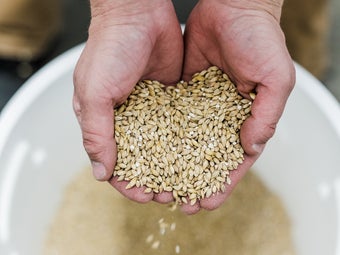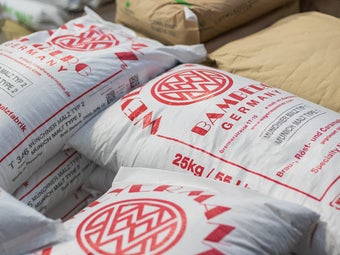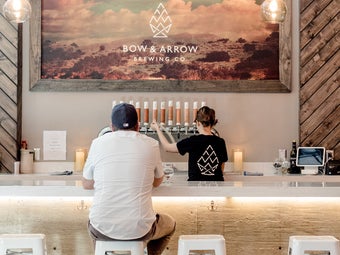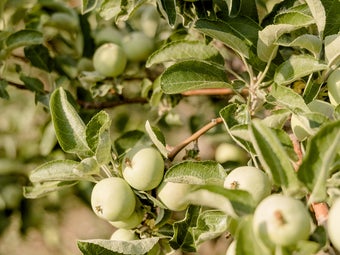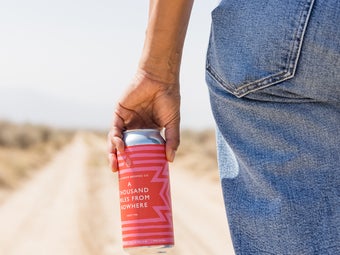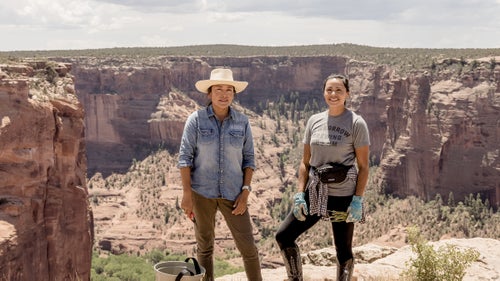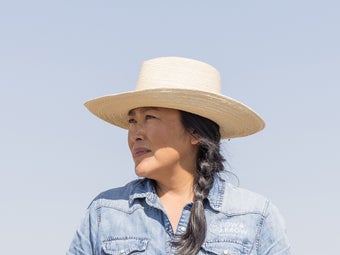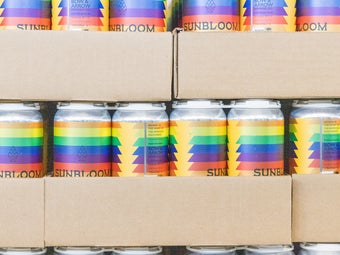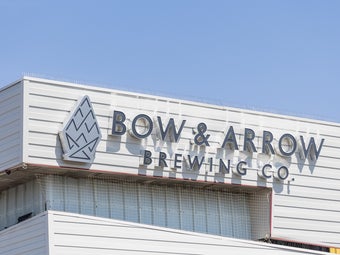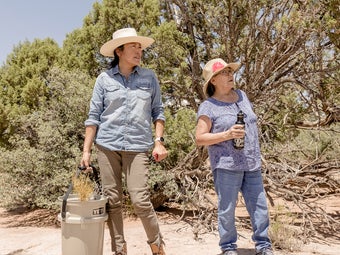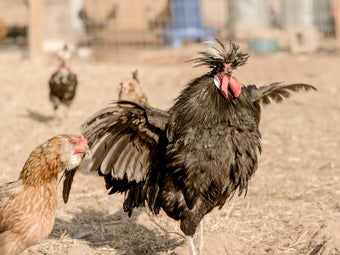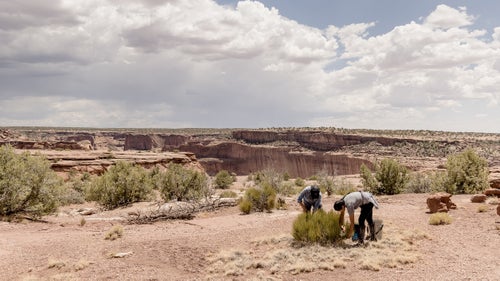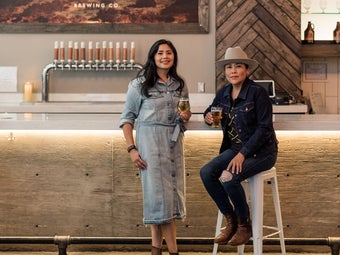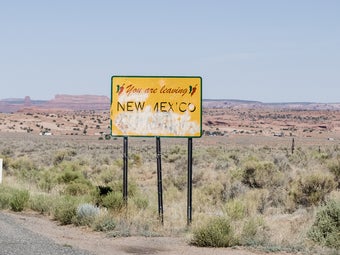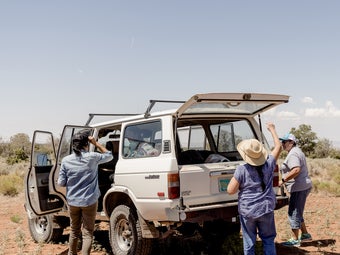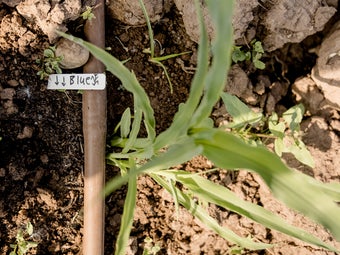These Native American Women Are Changing Craft Beer for the Better
At a bold and stylish new brewery in Albuquerque, New Mexico, Missy Begay and Shyla Sheppard are using traditional Native American ingredients to produce delicious craft creations, part of a growing movement that’s changing the face of domestic beer
New perk: Easily find new routes and hidden gems, upcoming running events, and more near you. Your weekly Local Running Newsletter has everything you need to lace up! .
It was a typical beautiful spring afternoon at the in Albuquerque, warm and dry under vibrant blue New Mexico skies. The brewery, which is located in an old warehouse near Interstate 40, is in an industrial part of the city being revitalized with new businesses.
���ϳԹ���, among tables filled with patrons, sat Bow & Arrow founder, president, and CEO Shyla Sheppard, a member of the Three Affiliated Tribes (Mandan, Hidatsa, and Arikara), and cofounder and creative director Missy Begay, who is Diné and a member of the Navajo Nation. Shyla was wearing jeans and a gray BOW & ARROW BREWING T-shirt, and Missy was in green medical scrubs—she had just come from her other job as an internist working in the field of sleep medicine.
Until now, I had known Shyla and Missy only virtually. We were participants in a 2020 online panel about food traditions in the Southwest, me as a chef focusing on Native American food, a culinary anthropologist, and the founder of Santa Fe–based —a catering company specializing in the revitalization of ancestral Native American food—and them as brewery owners bringing local ingredients and Native traditions to craft beer. Earlier this year, I provided Shyla and Missy with a red chile blue-and-white-corn posole recipe to complement their Bow & Arrow Denim Tux Blue Corn American Pilsner for an upcoming cookbook they’d been invited to participate in. It was the first time I had sampled one of their pilsners, and I was struck by how crisp, light, and refreshing it was.
Missy and Shyla met in 2000 at Stanford University, where they both earned undergraduate degrees, Shyla in economics and Missy in psychology. Missy, who spent part of her childhood in Albuquerque and attended medical school at the University of New Mexico, introduced Shyla to the Southwest. “Once I showed her the smells and the blossoms, she was hooked,” Missy said. “There is a sweetness to the land here, and all of this is sacred. We hope, as Native American women brewery owners, that people understand the story we have to tell.”
We walked into the brewery—a cavernous 10,000-square-foot space currently holding about 70 large oak barrels full of beer—to an upstairs meeting area that prior to COVID-19 had been used for private events. Shyla selected a couple of Bow & Arrow beers for us to sample—the Strange Country Dark Sour Ale and Desert Revival Blackberry Golden Sour Ale—while we talked about their journey to brewing.


